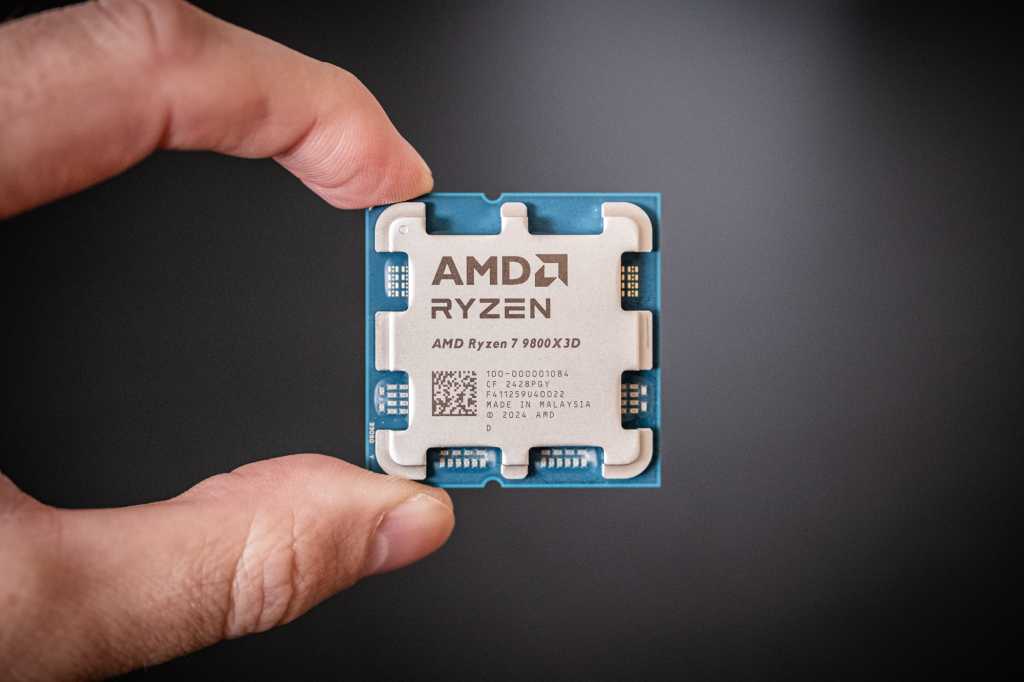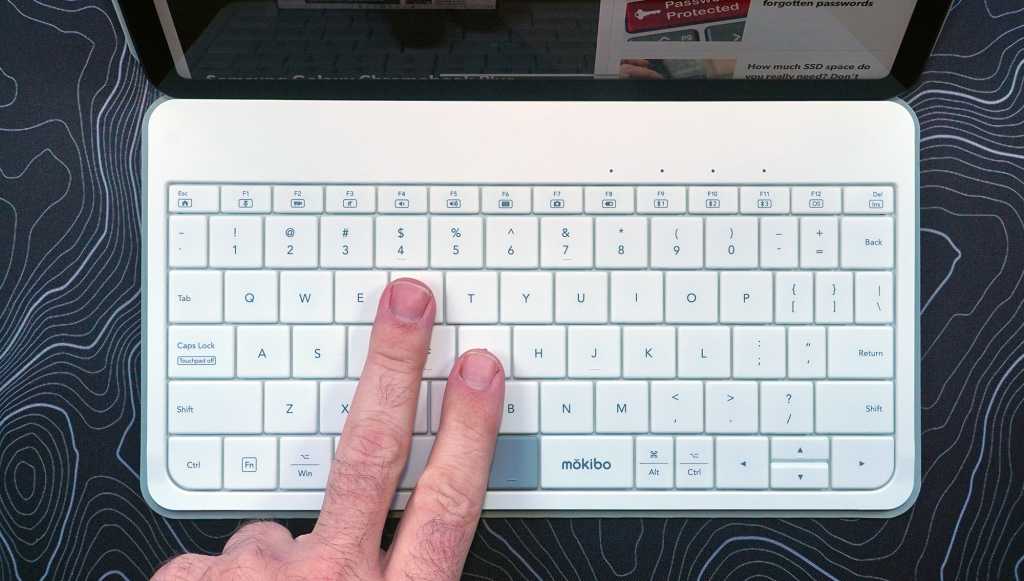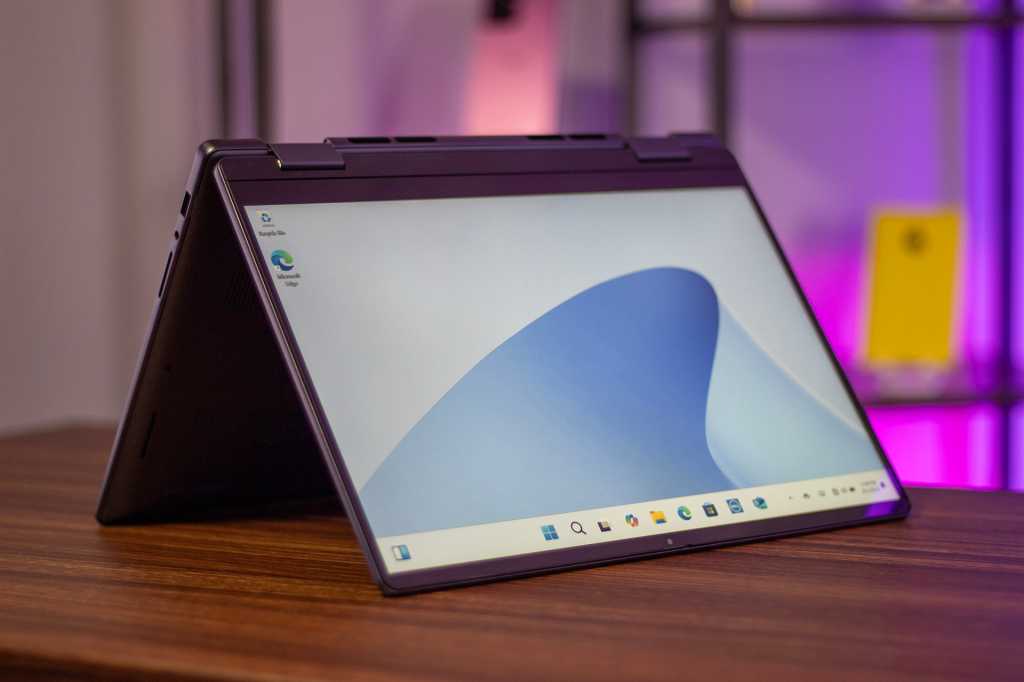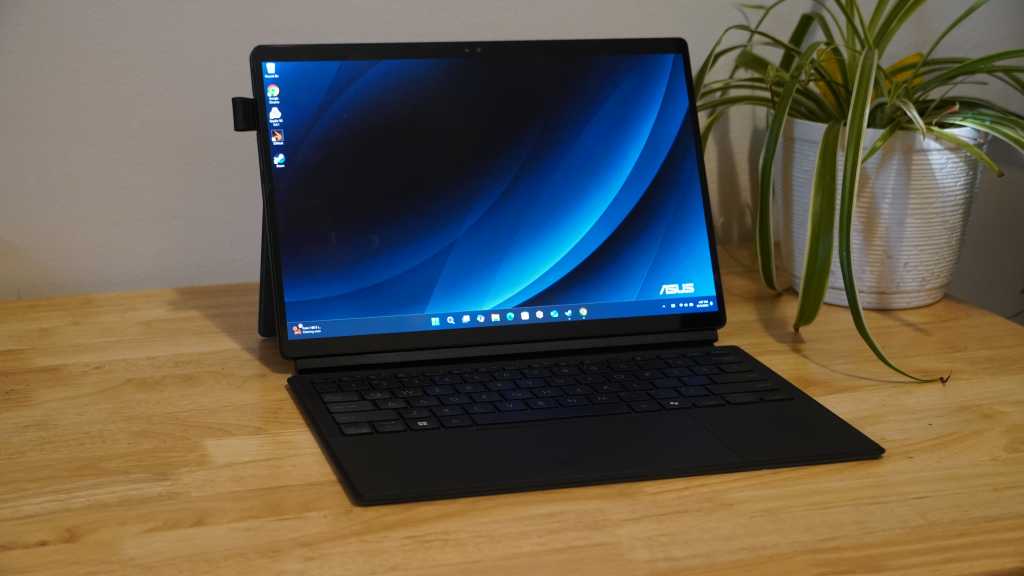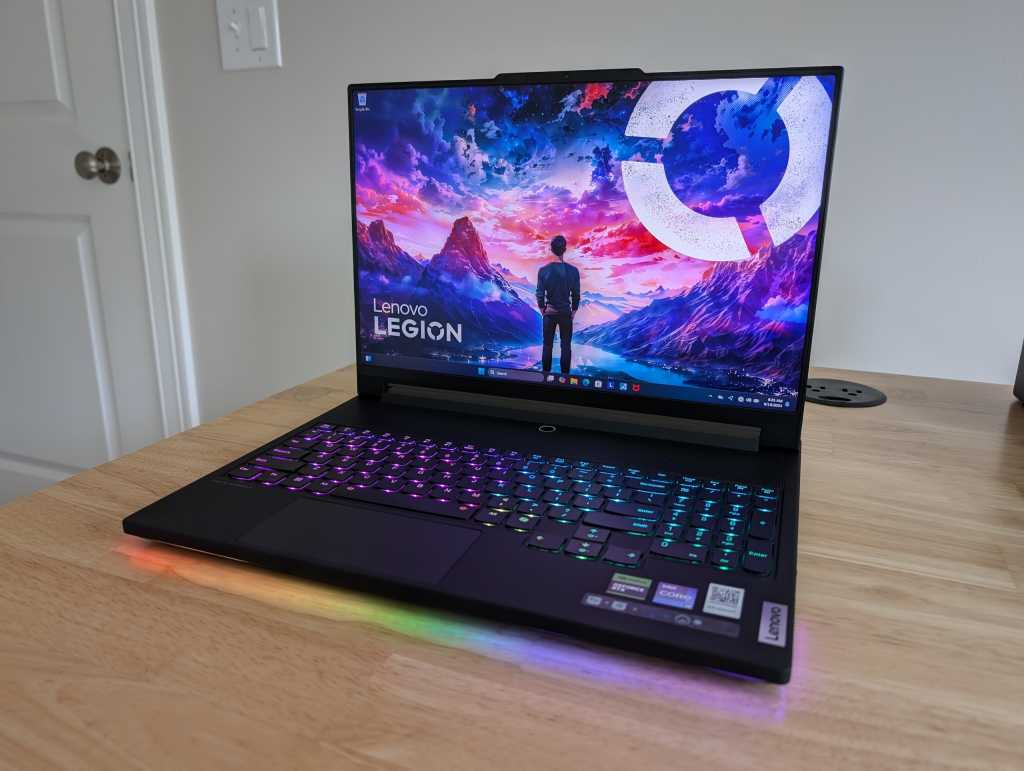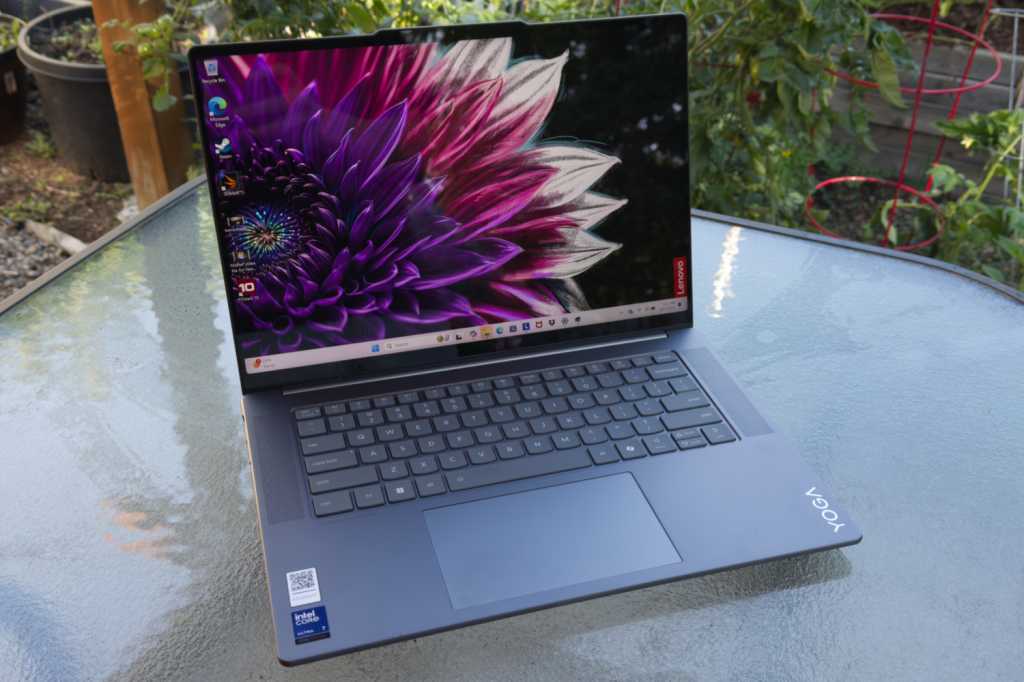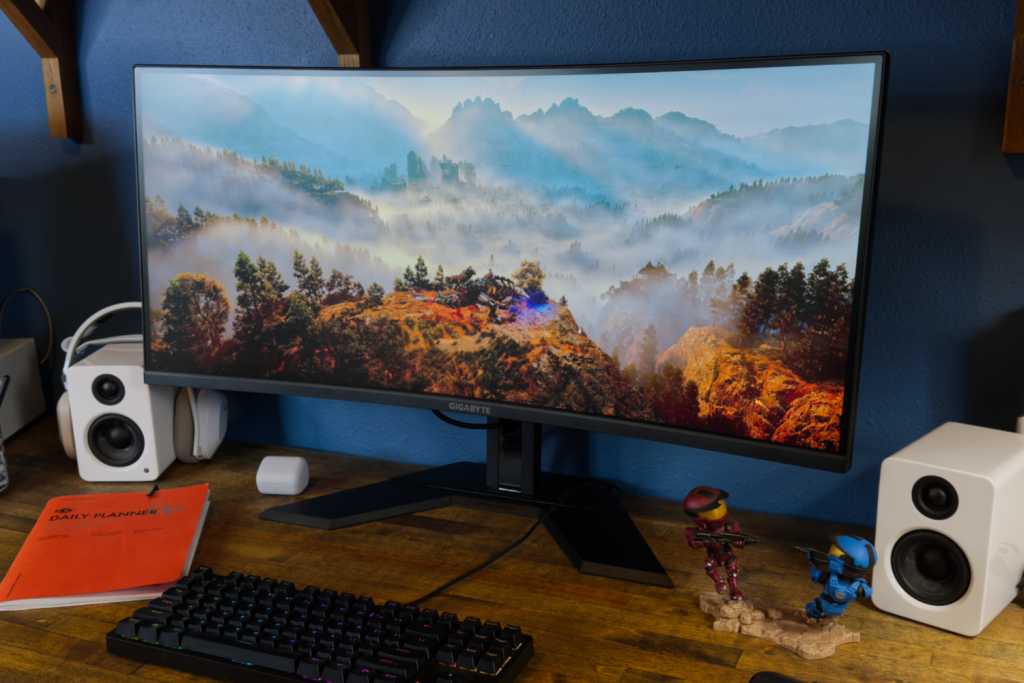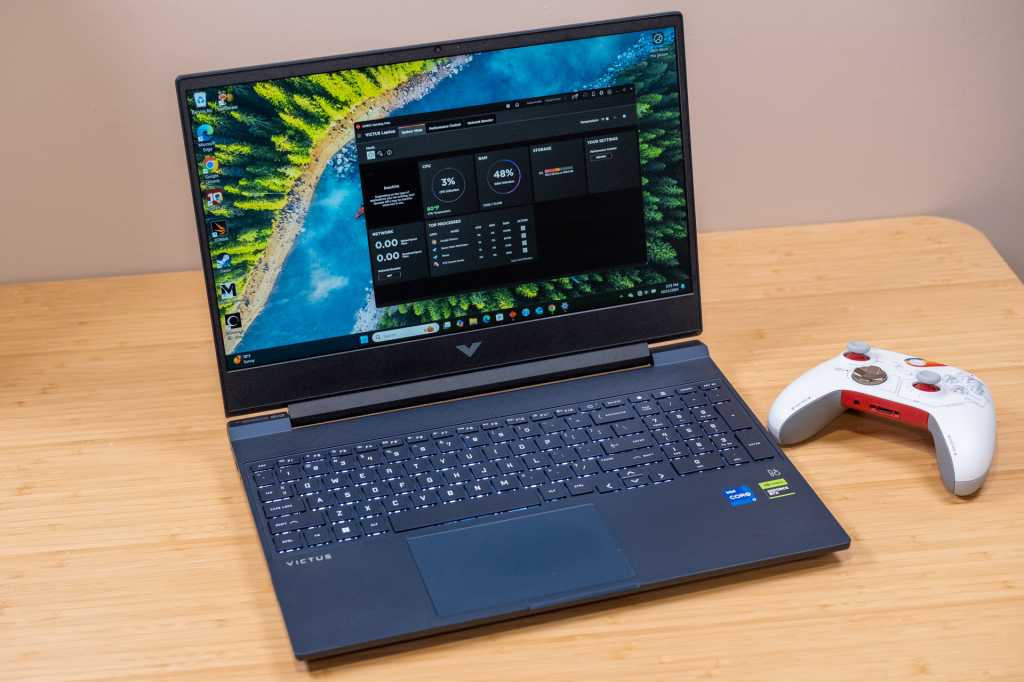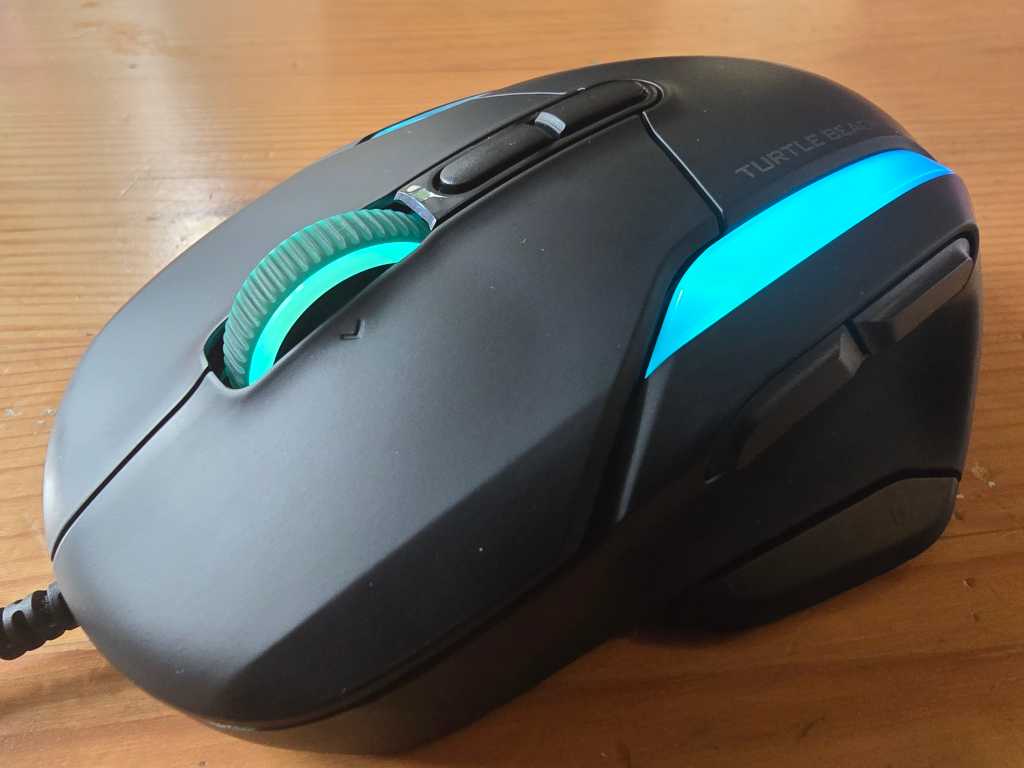AMD’s lauded “X3D” V-Cache technology propelled Ryzen processors to gaming dominance with the Ryzen 7 5800X3D. Now, the Ryzen 9000 series gets the X3D treatment, aiming to revitalize a lineup met with lukewarm reception and impacted by performance-altering Windows updates. Does the X3D magic work? The answer is a resounding yes. The Ryzen 7 9800X3D delivers exceptional gaming performance, crushing Intel’s Core Ultra 9 285K. But there’s more to the story.
While previous X3D iterations excelled in gaming but lagged in productivity tasks, the second-generation V-Cache in the $479, 8-core Ryzen 7 9800X3D provides a substantial boost in select creator workloads compared to its predecessor. It now comfortably outperforms the 8-core 9700X in both work and play, marking a significant win for AMD and a setback for Intel’s gaming ambitions.
https://www.youtube.com/watch?v=mGCbu1ObrTo[/embed]
Our prior Ryzen 9000 CPU review covers platform details for this generation. This article highlights five key takeaways about the Ryzen 7 9800X3D, a must-have for gamers. The embedded video delves into our comprehensive testing results.
1. Second-Gen V-Cache: Vital Improvements
The Ryzen 7 9800X3D showcases the second generation of AMD’s winning V-Cache technology. Previous X3D chips had cache stacked on top of the CPU die, limiting clock speeds and preventing overclocking. This resulted in slower performance than non-X3D counterparts in many non-gaming workloads.
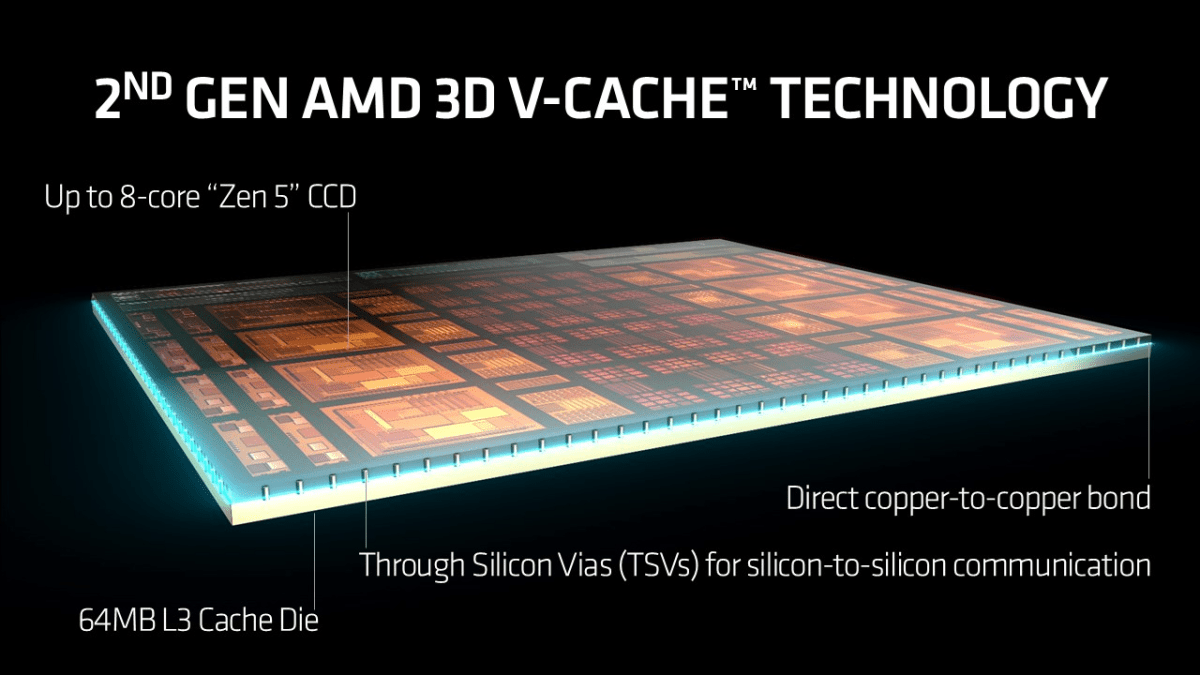 2nd Gen V Cache
2nd Gen V Cache
The 9800X3D’s redesigned V-Cache addresses these limitations. AMD’s enhancements allow for a higher base clock speed of 4.7GHz, a boost clock up to 5.2GHz, and finally, the ability to overclock.
2. A Gaming Legend
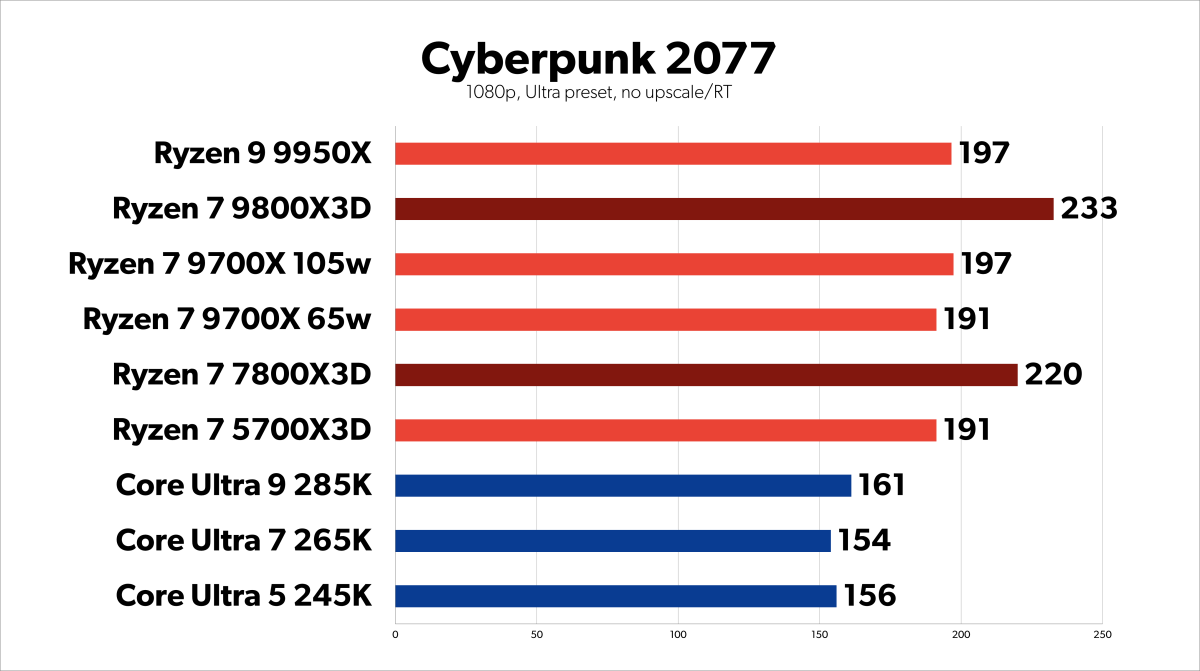 Cyberpunk 2077
Cyberpunk 2077
The Ryzen 7 9800X3D delivers impressive gaming performance, outperforming Intel’s Core Ultra 9 285K by an average of 25% at 1080p across our four tested games. This margin widens to 30% excluding Total War Warhammer 3, where performance was similar across all tested CPUs. The 9800X3D is even a staggering 45% faster than the 285K in Cyberpunk 2077 with ray tracing disabled. This level of dominance is remarkable. For the best gaming experience, the Ryzen 9 9800X3D reigns supreme.
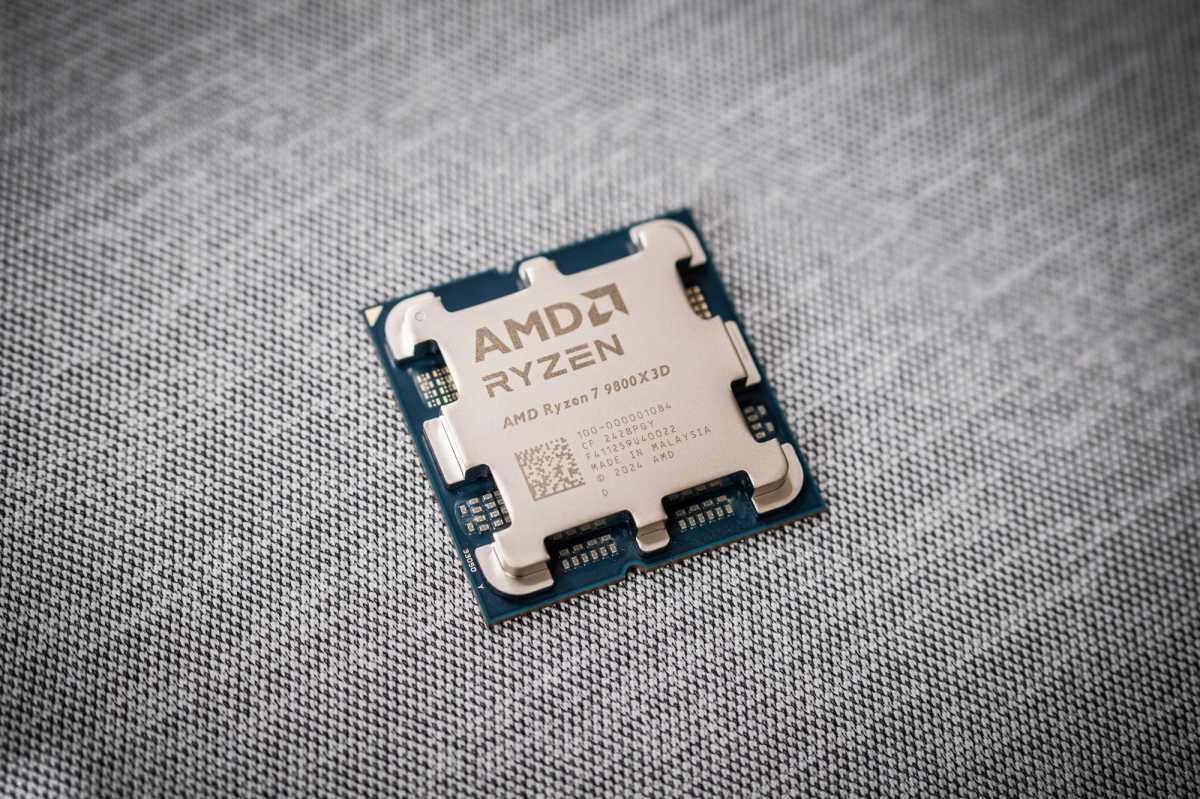 DSCF5845 final
DSCF5845 final
Unsurprisingly, the 9800X3D also beats AMD’s productivity-focused Ryzen 9 9950X in gaming, likely due to the latter’s dual-CCD design, which can impact gaming frame rates. Interestingly, the 9800X3D isn’t significantly faster than its predecessor, the 7800X3D, in our gaming tests. However, the difference becomes clear in productivity tasks.
3. Surprisingly Strong Productivity Performance
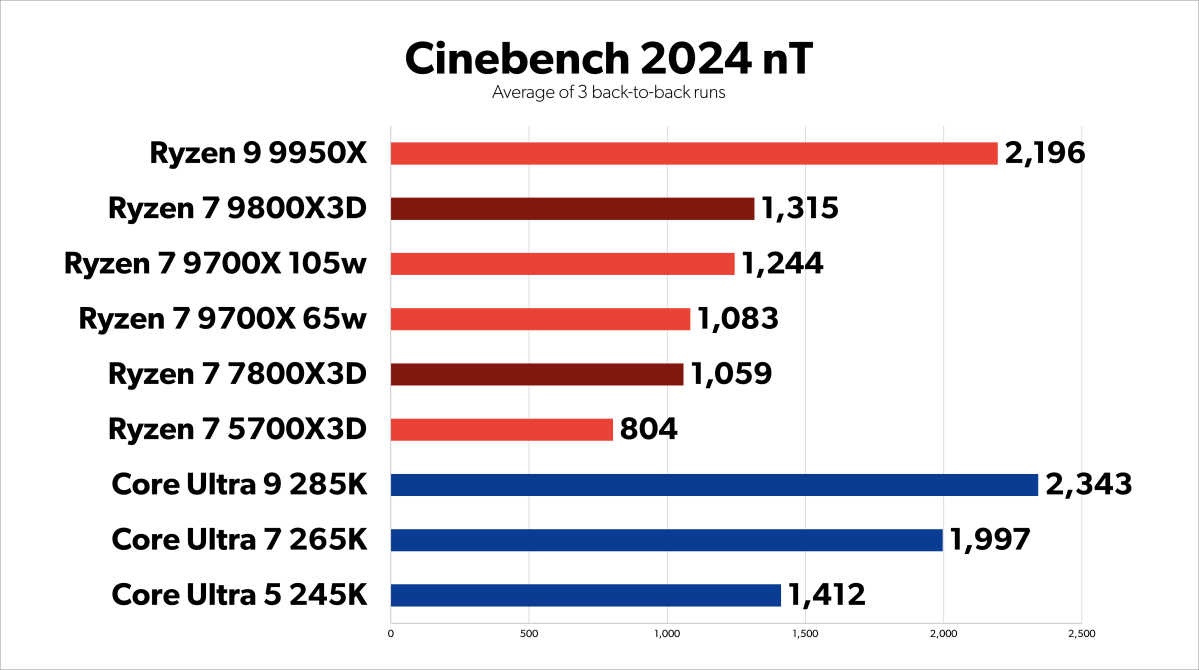 Cinebench 2024 nT
Cinebench 2024 nT
The 9800X3D’s second-gen V-Cache makes it a compelling choice for productivity tasks, particularly for users who combine gaming with streaming and light video editing. Unlike previous X3D chips, the 9800X3D is significantly faster than the standard 8-core Ryzen 9 9700X, even when the latter’s power limit is increased from 65W to 105W via BIOS.
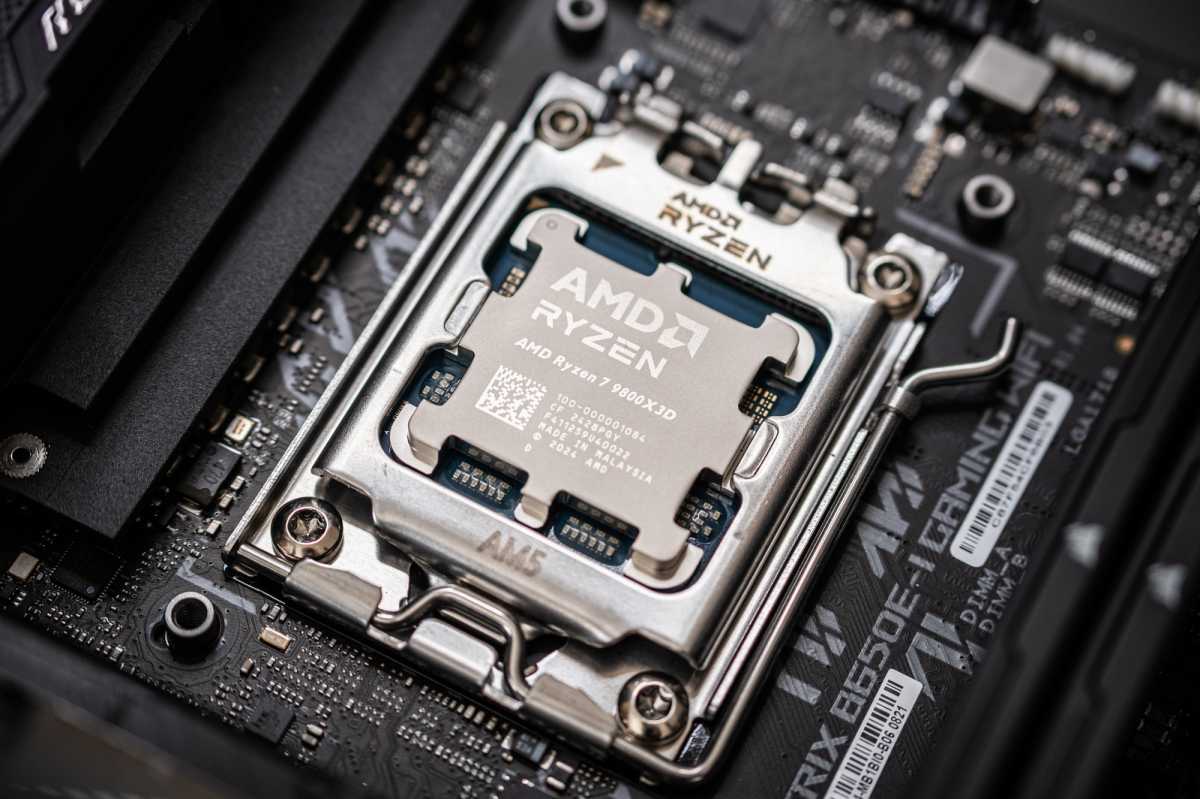 DSCF5849 final
DSCF5849 final
The performance gap between the 9800X3D and the 7800X3D in creative workloads is remarkable, especially considering their similar gaming performance. The 9800X3D is 24% faster in Cinebench multi-thread, around 25% faster in Blender, and a staggering 35% faster in Handbrake. While the lead shrinks in Premiere Pro and Photoshop to 13% and 18% respectively, and further to 7.5% in DaVinci Resolve, these results are still impressive. The 9800X3D eliminates the performance trade-offs previously associated with X3D chips.
For heavy productivity workloads, the Ryzen 9 9950X or Core Ultra 9 285K, with their higher core counts, remain superior. However, the 9800X3D handles most everyday tasks with ease.
4. Higher Price Tag
The Ryzen 7 9800X3D’s superior performance comes at a cost. At $479, it’s $30 more than its predecessor and $130 more than the 9700X, despite being only about 14% faster in our gaming tests. However, it’s also $110 cheaper than the Intel Core Ultra 9 285K, which it handily beats in gaming, while Intel’s chip excels in multi-core tasks.
5. Upgrading from the 5800X3D?
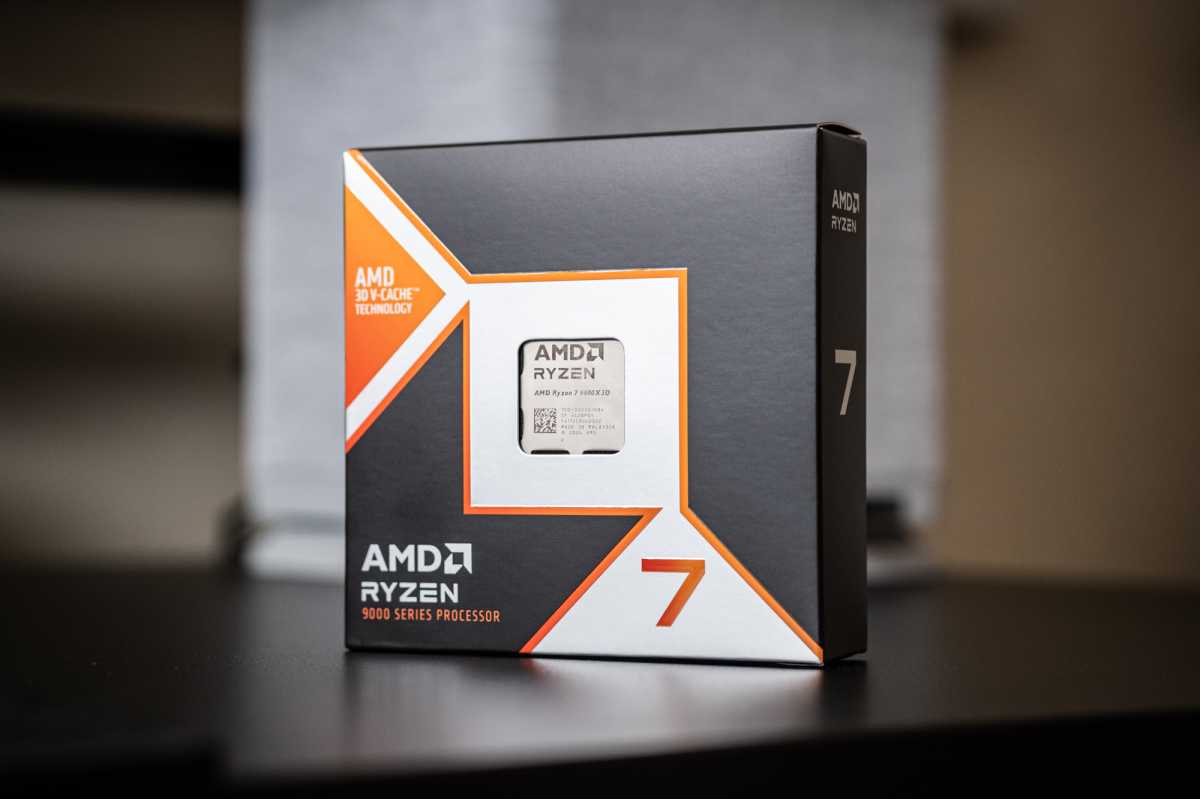 DSCF5814 final
DSCF5814 final
For 5800X3D owners, the 9800X3D offers a compelling upgrade, being 25% faster in our gaming tests (compared to the 5700X3D, which is clocked 400MHz lower than the 5800X3D) and significantly faster in content creation. The 5800X3D itself remains a powerful gaming CPU, performing on par with or even better than Intel’s 285K.
However, upgrading to the 9800X3D requires a new AM5 motherboard and DDR5 memory, pushing the total platform cost to around $800 or more. This investment is worthwhile for those seeking peak gaming performance and utilize their PC for demanding workloads. The AM5 platform also offers newer technologies like PCIe 5, DDR5, and USB 4. However, if gaming is your primary focus and your 5800X3D still delivers excellent frame rates, investing in a high-end graphics card may provide better value.



